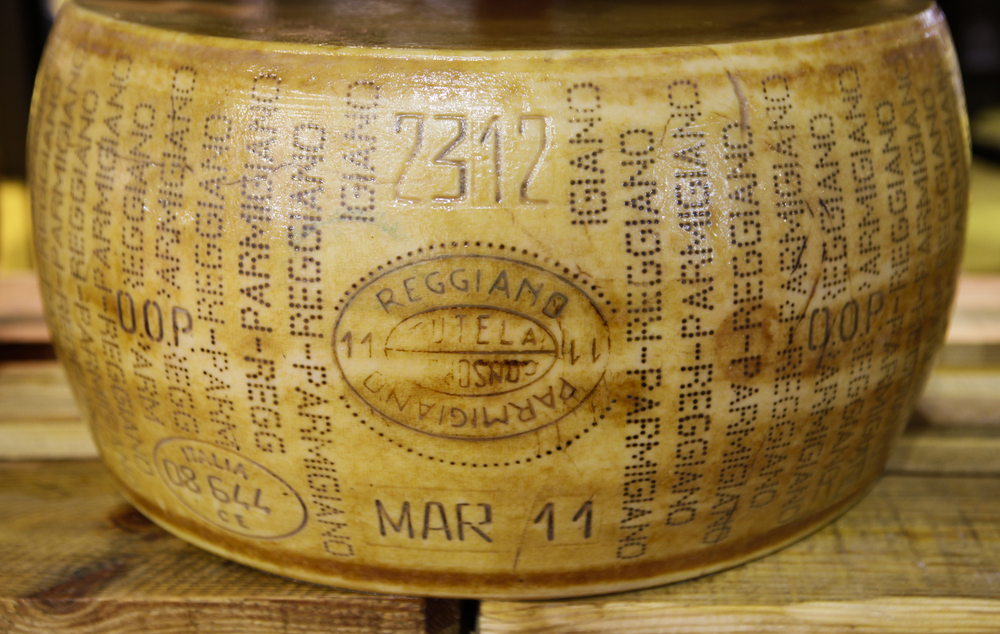
One of my favorite souvenirs to bring back form Italy is a big ol’ block of 4-year-aged Parmigiano Reggiano cheese. There’s a musty, salty piqued flavor to the cheese that is just perfectly cheese-y and delicious. Plus, I don’t want to stop stuffing my face with amazing Italian food just because I’m not in Italy. And why bring back some trinket made in China when you can bring back a piece of Italy?
Turns out that last block of cheese I packed in my carry on might have been fake. This isn’t the first time we’ve learned that something we love has been compromised by forfeiting foodie falsifiers. Well, according to Italy’s extremely high standards of what constitutes a Parmigiano-Reggiano — that’s Parmesan to us ‘Muricans — the rules that make a parmigiano a real parmigiano are being broken.
What is it to be a real Parmesan, you ask? It is a geographic designation first and foremost. Much akin to champagne having to be from Champagne in France. The rest is sparkling white wine, or ‘swill’ as far as the French are concerned. Parmesan also has to be made from unpasteurized milk from cows that are never fed on silage. Silage is a fermented feed for cattle made from mushing a whole bunch of grasses, grains and cereals together for higher density and cheaper feeding. Cows for Parmesan production must be fed solely on grass or hay. No exceptions are made.
Two scientists from the University of Parma have developed a method using a gas chromatography/mass spectrometry technology to test the molecules of the cheese and detect errant acids and bacteria within the cheese. Basically cows fed on silage will deposit cyclopropane and clostridium bacteria which doesn’t belong in Parmesan.
So what does all this mean? Well, now that the EU and the Italians have a way to designate and prove what Parmesan is down to its molecules, they are going to continue pressing U.S. cheesemakers to cease using the name ‘Parmesan’ for their similar hard cheeses. That compounded with the fact that Parmesan needs to be made in Reggio-Emilia to be called Parmigiano-Reggiano. Because we already do this for France and champagne from Champagne, it kinda makes sense. Then again, we call some lager ‘pilsners’ even though they haven’t been made in Pilsen. So, who knows, really?
Now if we could just figure out what the hell is really in those green tubes of “Parmesan” from Kraft. Until then, it’s time for some night cheese.






